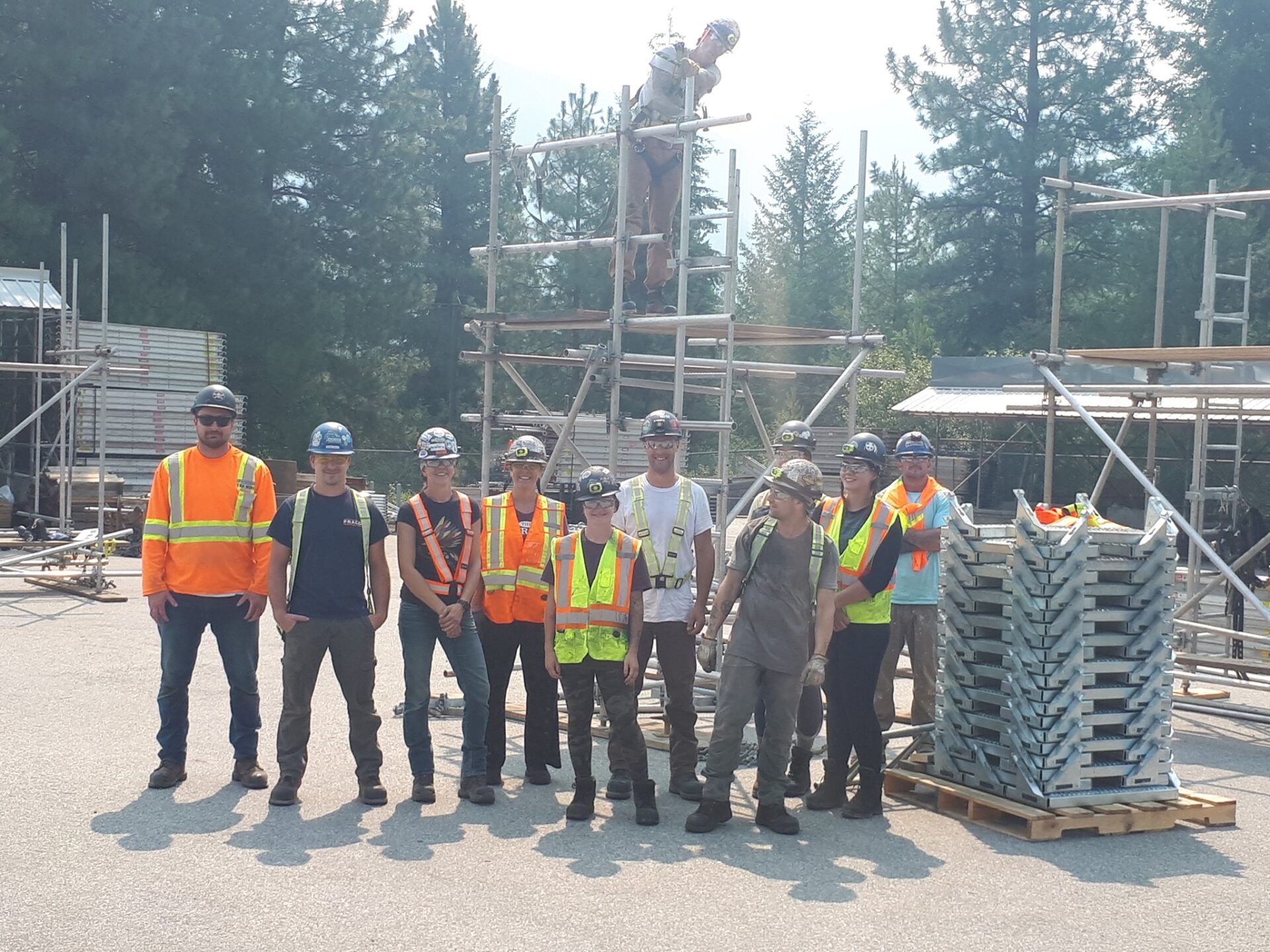
Construction training for every job site.
Safety is our priority. We provide training for a wide variety of trades jobs so that you can do your work safely and efficiently.
Training Options
CMAW offers hundreds of courses per year throughout BC—online and on your job site. We can provide any course, any time, helping you learn and grow your technical, safety, and fundamental skillsets.
Learn
and Grow
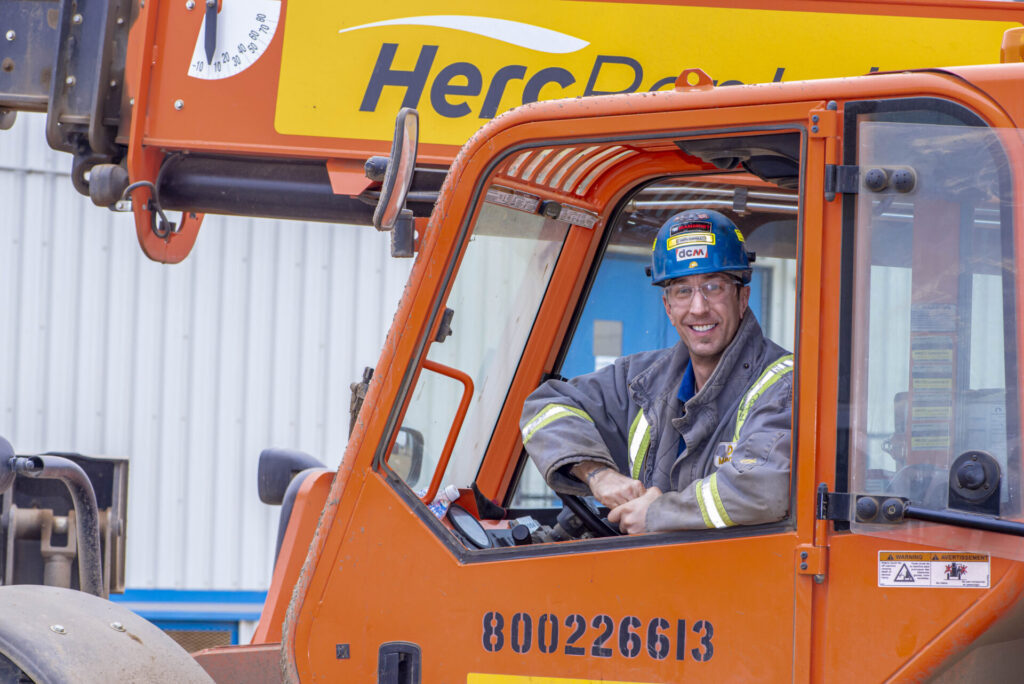
 Loading…
Loading…Our Programs
Training Courses
Explore our classes to find the option that works for you and your schedule. If you don’t see what you’re looking for, reach out—we have options to get you the training you need.
CMAW Training Department
Phone: 250-596-0133
Email: training@cmaw.ca
For members to enroll in a course, please contact our Training Department—subject to spots available.

The course is approximately eight hours long and includes an instructor-led presentation, practical exercises, class discussion, and a power point presentation. There is a written knowledge test at the end. Upon successful completion of the training program, you will demonstrate proficiency in:
- Controlling or eliminating fall hazards;
- Legislation and standards pertaining to fall protection;
- Employer and worker responsibilities;
- Recent statistical information, workplace incidents, and the need for training
- Methods of eliminating, analyzing, preventing, and controlling falls;
- Rescue and escape planning;
- Pre-use visual inspections;
- Reporting deficiencies;
- Impact forces and fall clearance
- Fall protection systems and fall protection system components
ABCS Fall Protection

The course is approximately six hours long and includes an instructor-led presentation, review exercises, class discussion, a PowerPoint presentation, and a written knowledge test. Upon successful completion of the training program, you will demonstrate proficiency in:
- Legislation and standards pertaining to confined space entry and monitoring;
- Confined space entry preparation
- Classification of confined space entries;
- Elements of hazardous atmospheres;
- Gas testing requirements;
- Entry authorization;
- Signage or tagging
- Isolations; and
- Confined Space Monitor responsibilities.
ABCS Confined Space
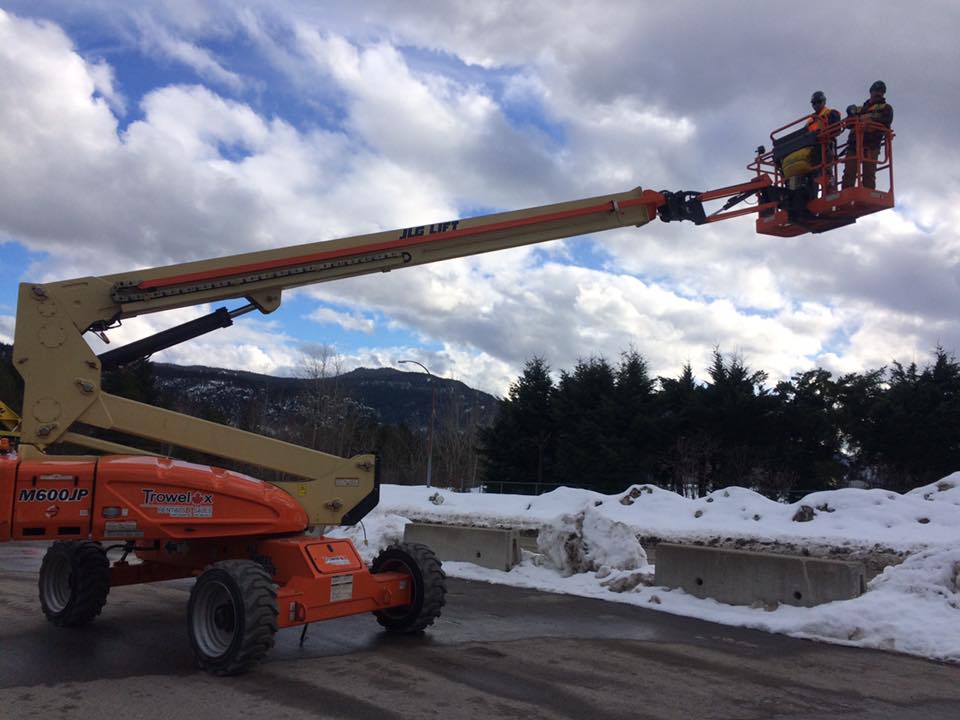
The course is approximately six hours long and includes an instructor-led presentation, practical exercises, class discussion, a PowerPoint presentation, a written knowledge test, and a practical exam. Upon successful completion, you will demonstrate proficiency in:
- Legislation and standards as pertaining to aerial work platforms;
- Recent statistical information, workplace incidents, and the requirement for training;
- Elements of pre-work planning;
- Conducting a pre-use check and visual inspection;
- Employer and worker responsibilities;
- Load limitations and calculations;
- Machine-specific features;
- PPE, stability, working from heights, and platform types
- System components; and
- Safely operating an aerial work platform in the field
ABCS Mobile Elevated Work Platform
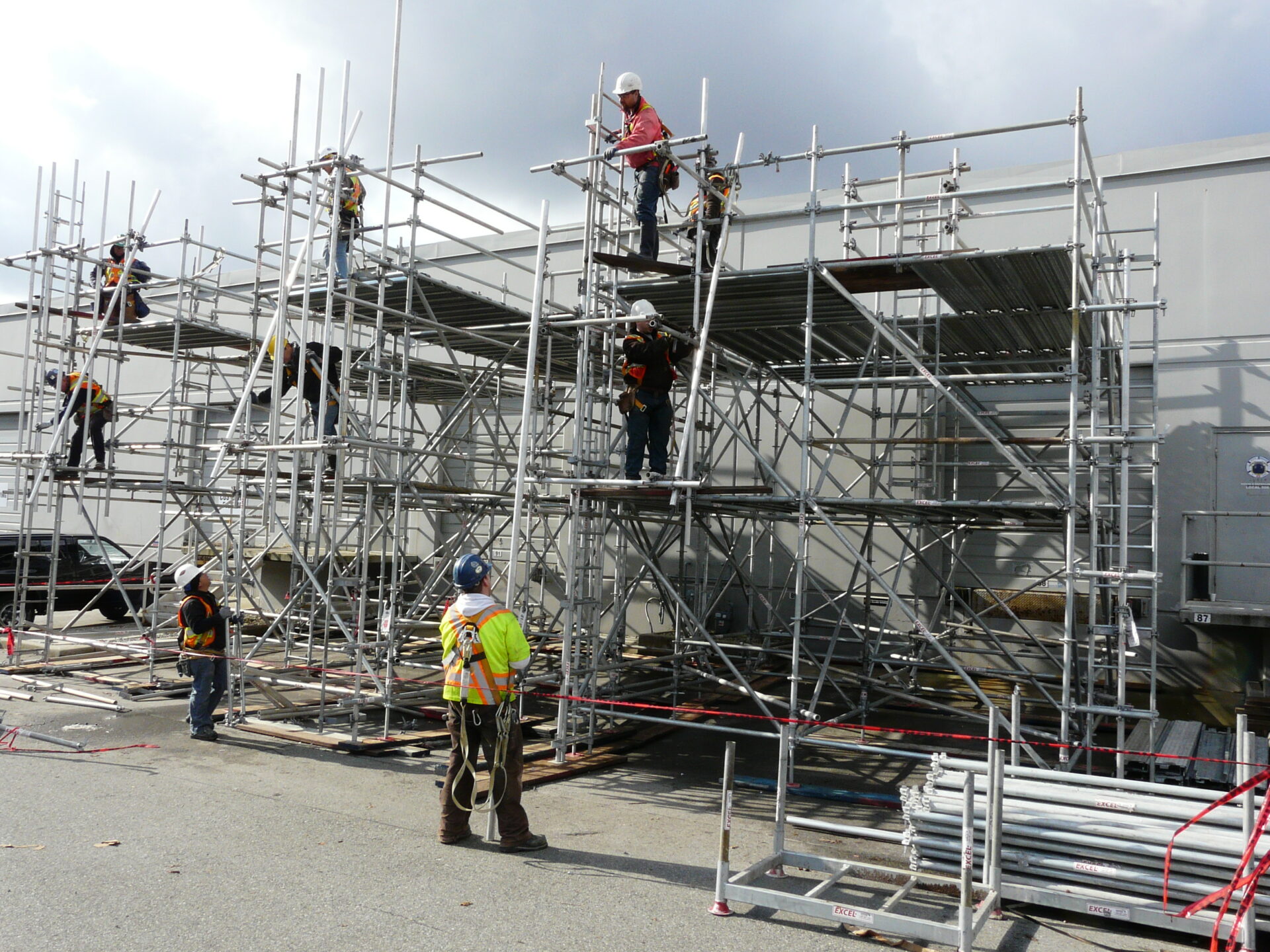
The Introduction to Scaffold Course is for carpenters and scaffold erectors with 0–2499 hours of scaffold experience and no scaffold training. The classroom portion of this course covers definition terms, hazard awareness, rules and regulation methods, and the application of the regulations. The practical portion consists of basic building procedures for frame systems and tube and clamp scaffolds. All aspects are covered, from assessing ground conditions to erecting the scaffold, bracing and tying access types, and ladder cages. Multi-bays, tower scaffolds, buttresses, and cantilevers are erected and dismantled. The practical component of the course is not less than 65% of the course time. As well, some basic knot tying as pertaining to scaffold use and erection is covered.
Scaffold Introduction
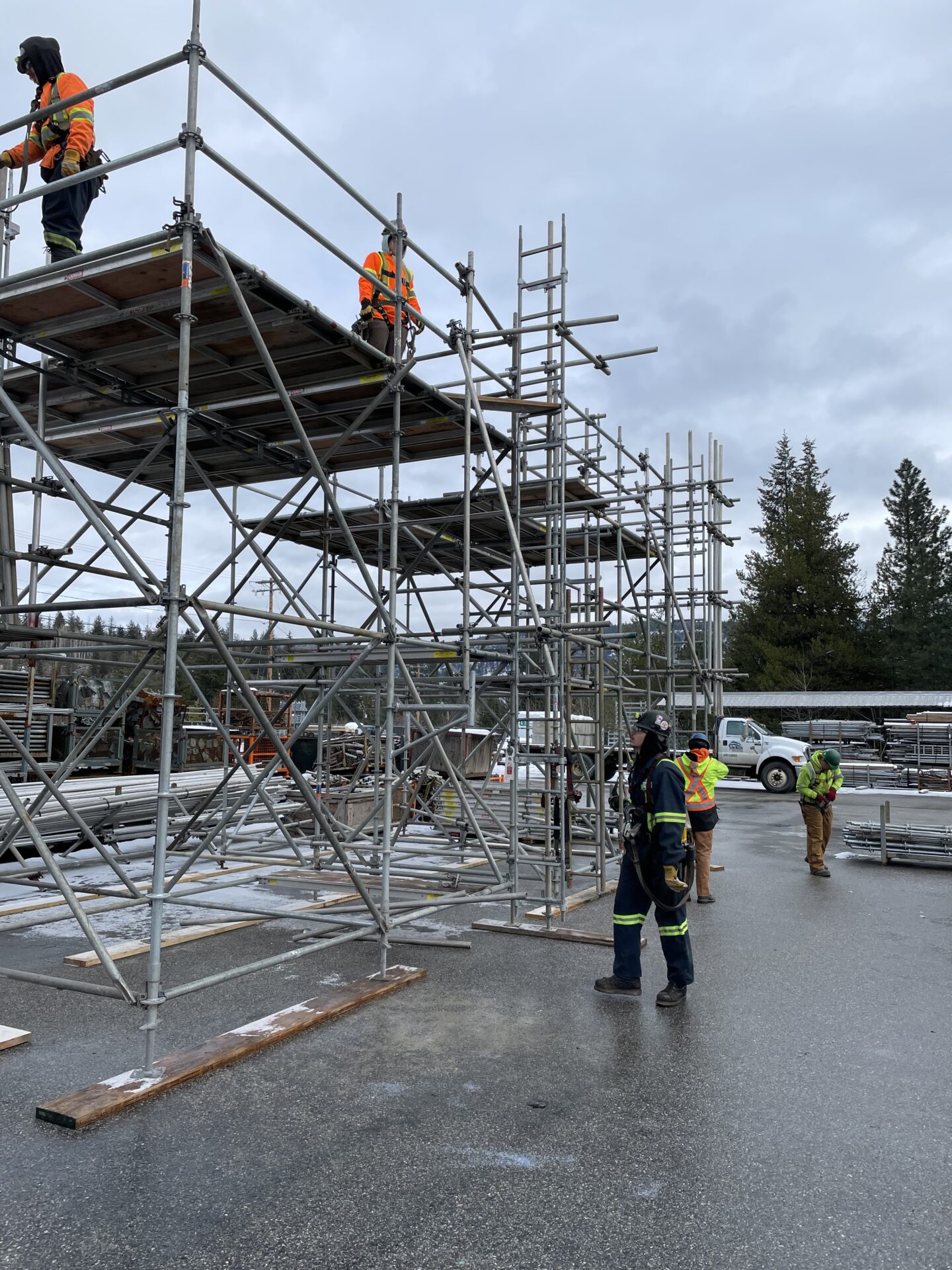
The Intermediate Scaffold Course is for carpenters and scaffold erectors with 2500–4999 hours of scaffold experience and who have successfully completed the Introduction to Scaffold. The classroom component consists of a review of rules and regulations as well as the introduction of any new changes or developments in the industry. Hazard awareness is reviewed. There is an introduction to scaffold blueprint reading, shop drawings, and estimating materials. Math topics include area, perimeter, circles, and triangles. Load requirements and load capacities are covered. Knots are reviewed and practiced. The practical portion is approximately 70% and covers buttresses, cantilevers, beams, putlogs, and buildings around circular vessels. There is no frame component in the intermediate course.
Scaffold Intermediate Training
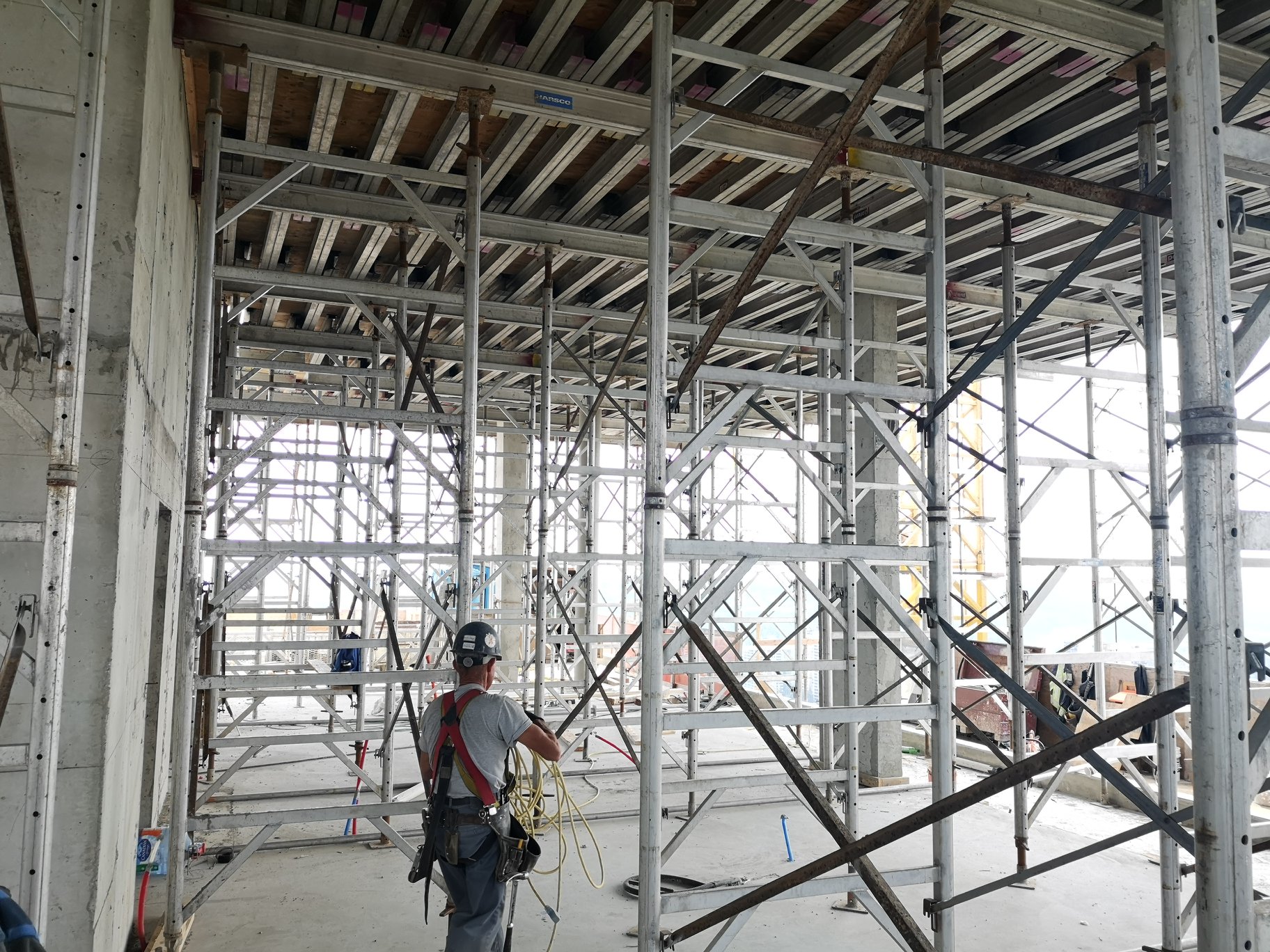
The Scaffold Qualification Course is for carpenters and scaffold erectors with 5000 hours or more of practical scaffold experience and who have successfully completed the Introduction to Scaffold course and the Intermediate Scaffold course. The classroom portion consists of a review of regulations and rules as well as a discussion of changes in the industry. There is a blueprint reading component, a knot-tying review, which includes splicing and load limits and requirements. The practical portion consists of ramps, towers, hanging scaffolds, bridging scaffolds, and scaffolds cantilevered from beams.
Carpenters or scaffold erectors with 8000 hours or more of practical scaffold experience may challenge this course. Students Challenging the course must have extensive experience planning and building complex scaffolds, reading blueprints, supervising work crews, and working with a variety of contractors and clients. This course will call on all of the skills taught in the Introduction and Intermediate courses; review will be minimal.
The practical projects, comprising 80–90% of the course, will be complex, requiring the students to have thorough knowledge of building codes and regulations as well as safety regulations. The projects in this unit will be mostly tubes and clamps.
Scaffold Qualification/ Journeyman Upgrade course
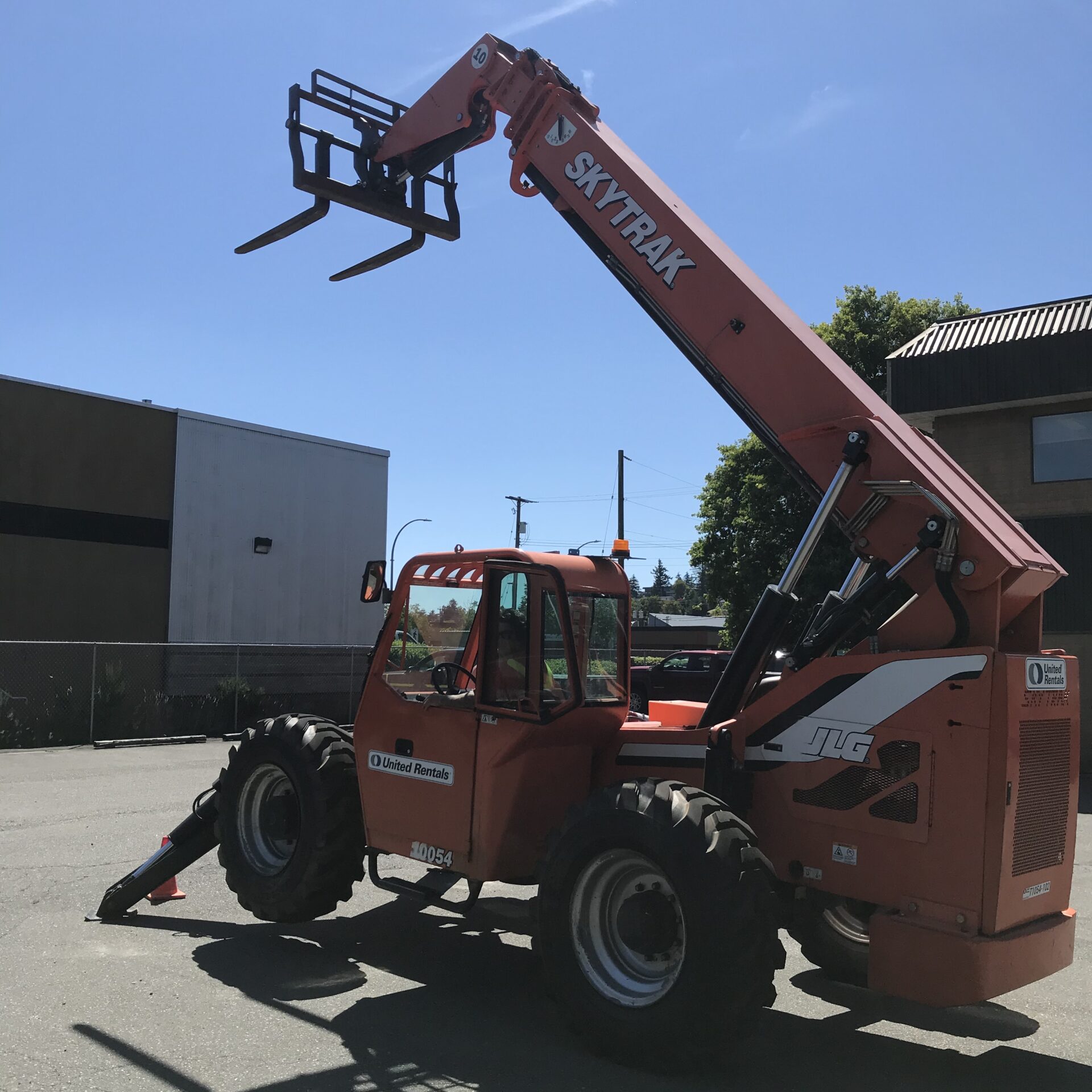
The course is approximately 8 hours in duration and includes an instructor-led presentation, an approximately 1 hour practical portion, class discussion, a written knowledge test, and a practical exam. The course is engineered to assist employers in ensuring the competence of their workers. It meets the legislative training requirements and exceeds industry standards. It is based on the most up-to-date legislation, the CSA industry standards, and incorporates many industry best practices.
Ives Rough Terrain Forklift (Zoom Boom)
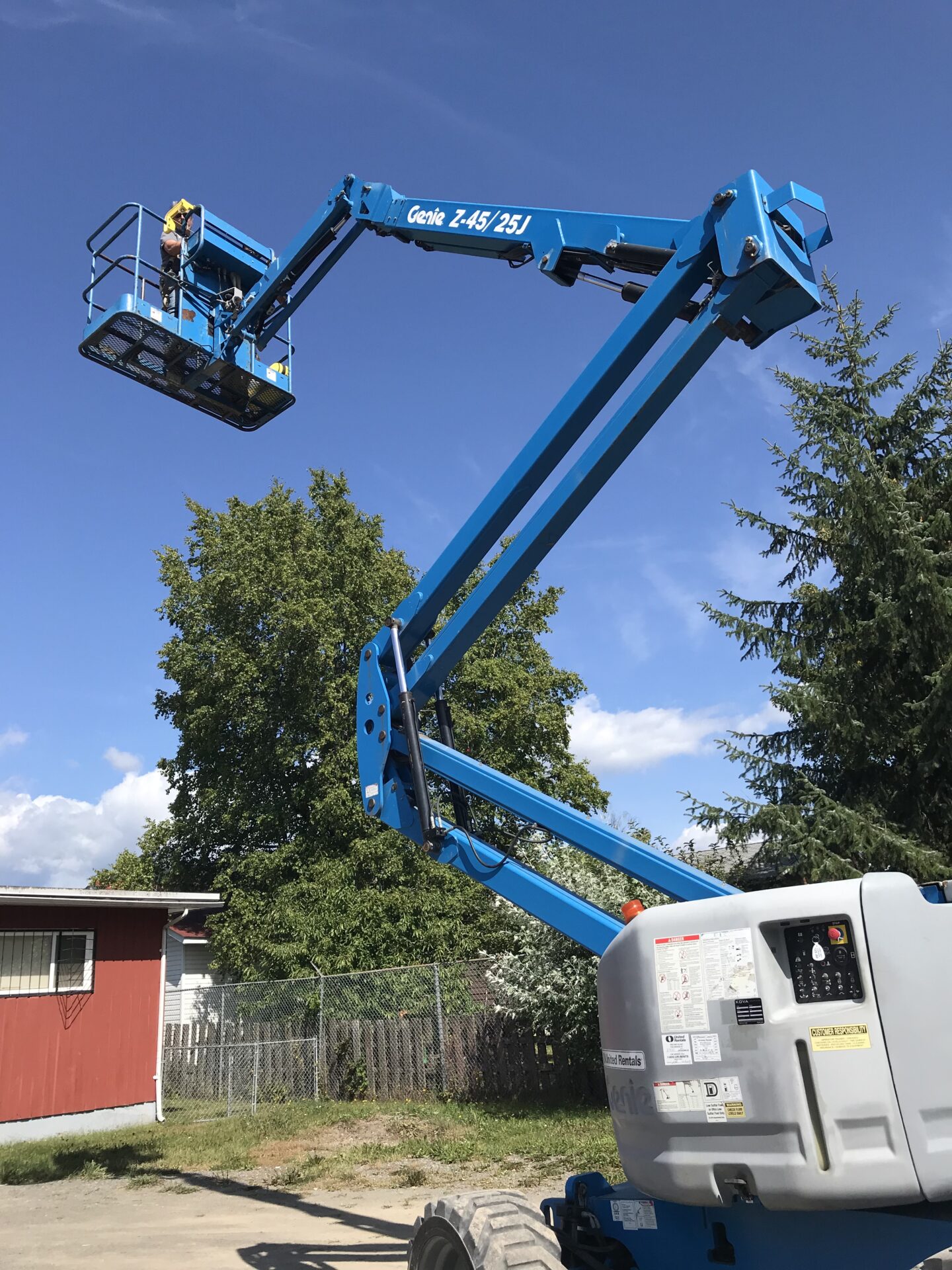
Aerial lift course, including manlift and scissor lift, approximately 5 hours of theory, then practical with equipment, Maximum of 16 students
Ives Combined Aerial Work Platform
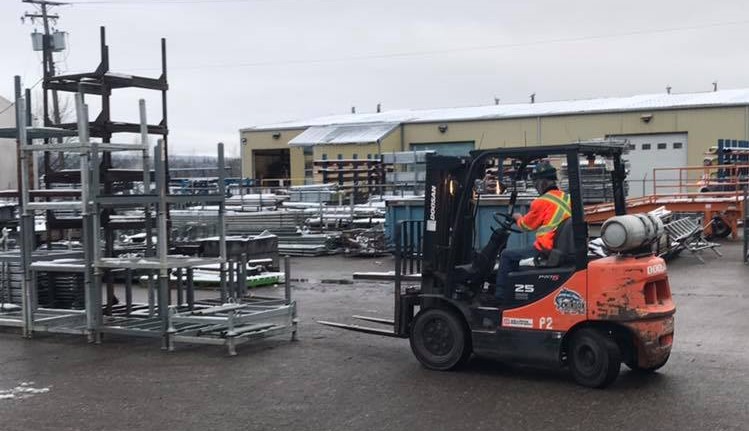
The course is approximately 8 hours in duration and includes an instructor-led presentation, an approximately 1 hour practical portion, class discussion, a written knowledge test, and a practical exam. The course is engineered to assist employers in ensuring the competence of their workers. It meets the legislative training requirements and exceeds industry standards. It is based on the most up-to-date legislation, the CSA Industry Standards, and incorporates many industry best practices.
Ives Counterbalance Forklift Certified Operator
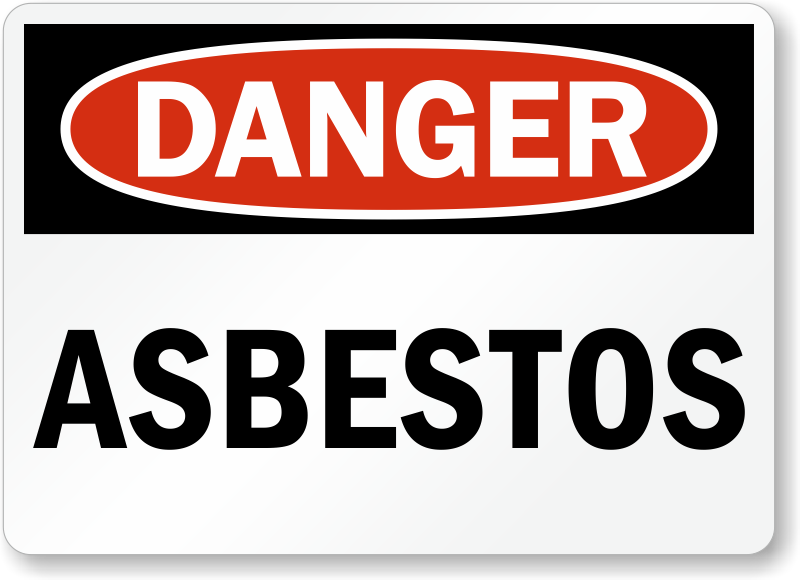
This comprehensive and practical course is designed to provide an introduction to asbestos abatement work. It is a WorkSafeBC requirement that any worker who is at risk of exposure to asbestos be trained in the hazards of asbestos, safe work procedures, the correct use of personal protective equipment, and engineering controls.
This course is primarily designed for workers in the hazardous materials abatement and restoration industries. However, many general construction workers and specialist tradespeople, such as plumbers and electricians, routinely disturb asbestos materials during the course of their work and would benefit from learning safe work practices.
Asbestos Abatement Worker Training
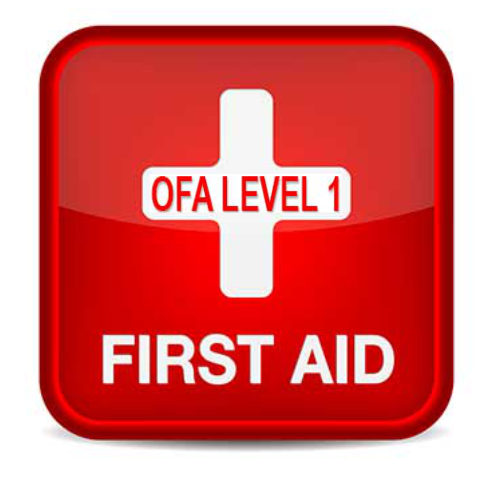
When accidents happen, you need to be able to handle the situation. This seven-hour program equips you with the emergency skills needed to stabilize an injured person until trained help arrives. Areas covered include bleeding control, CPR and AED, and conscious and unconscious choking.
Upon successful completion, students receive a WorkSafeBC OFA Level 1 Certificate, valid for three years.
OFA Level 1
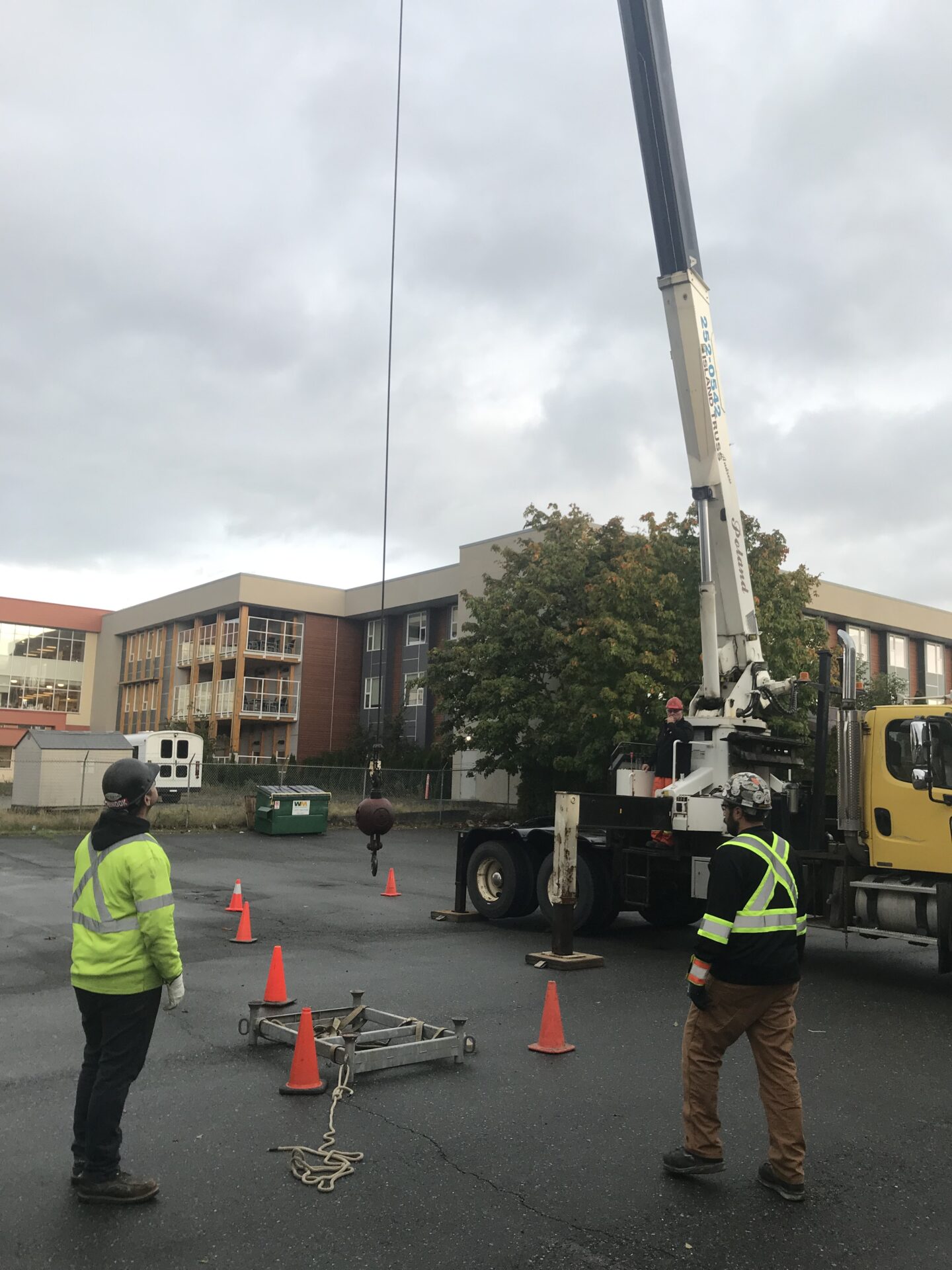
This 10-hour course covers the planning of rigging operations, rigging equipment, inspection, industry recognized hand and radio signals, control of hazards, determining the center of gravity, load weights, rated capacity, and discussing the importance of proper sling angles, knots, and attaching and controlling the load.
Rigging and Hoisting
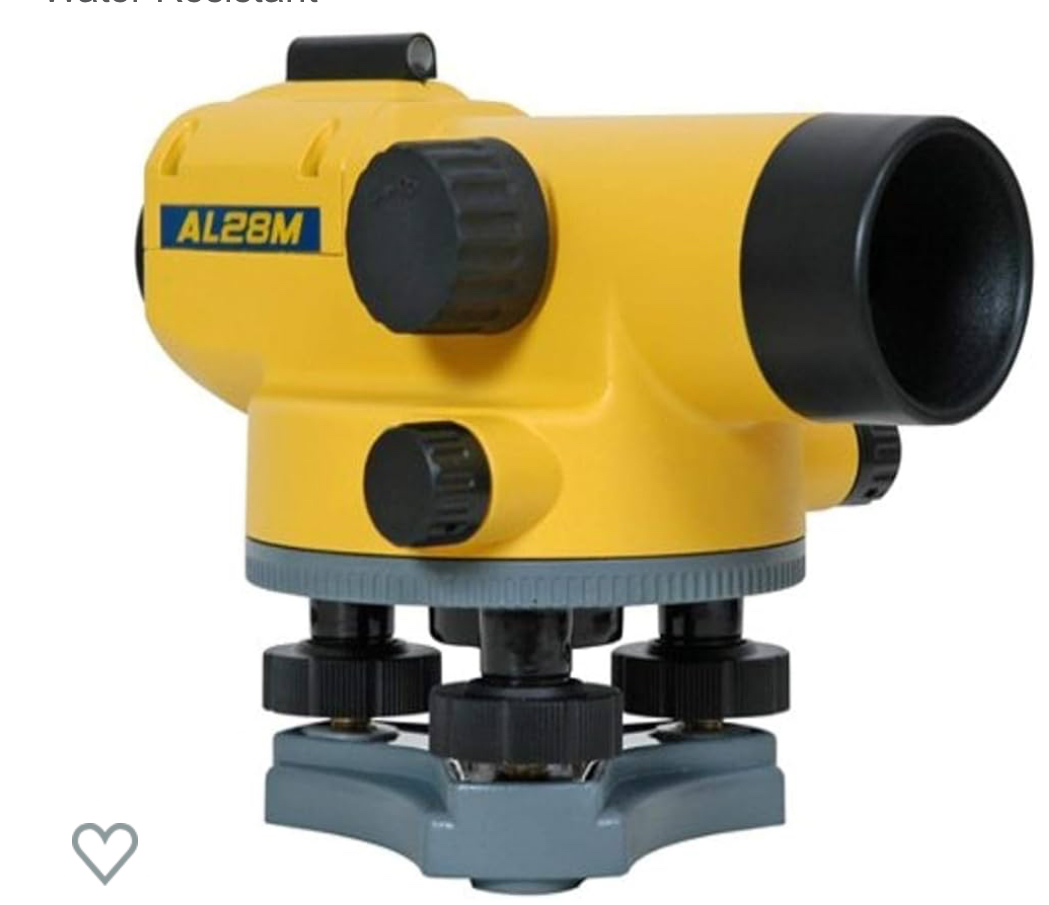
The Introduction to Builders Level and Transit has been developed as an introduction for those wishing to learn about basic leveling equipment and techniques. We offer approximately 4 hours of class theory, followed by approximately 4 hours of hands-on equipment use. The class focuses on basic math, instrument names and parts, and how to properly set up your leveling device. We introduce basic box beam levels, water tube levels, dumpy and automatic builder’s levels, as well as safe laser level use. The hands-on component includes using all the types of levels covered in the morning session, avoiding common mistakes, keeping accurate records, and maintaining accurate levels around obstacles. This introductory course features many practical, on-the-job skills.
Introduction to Builders Level and Transit
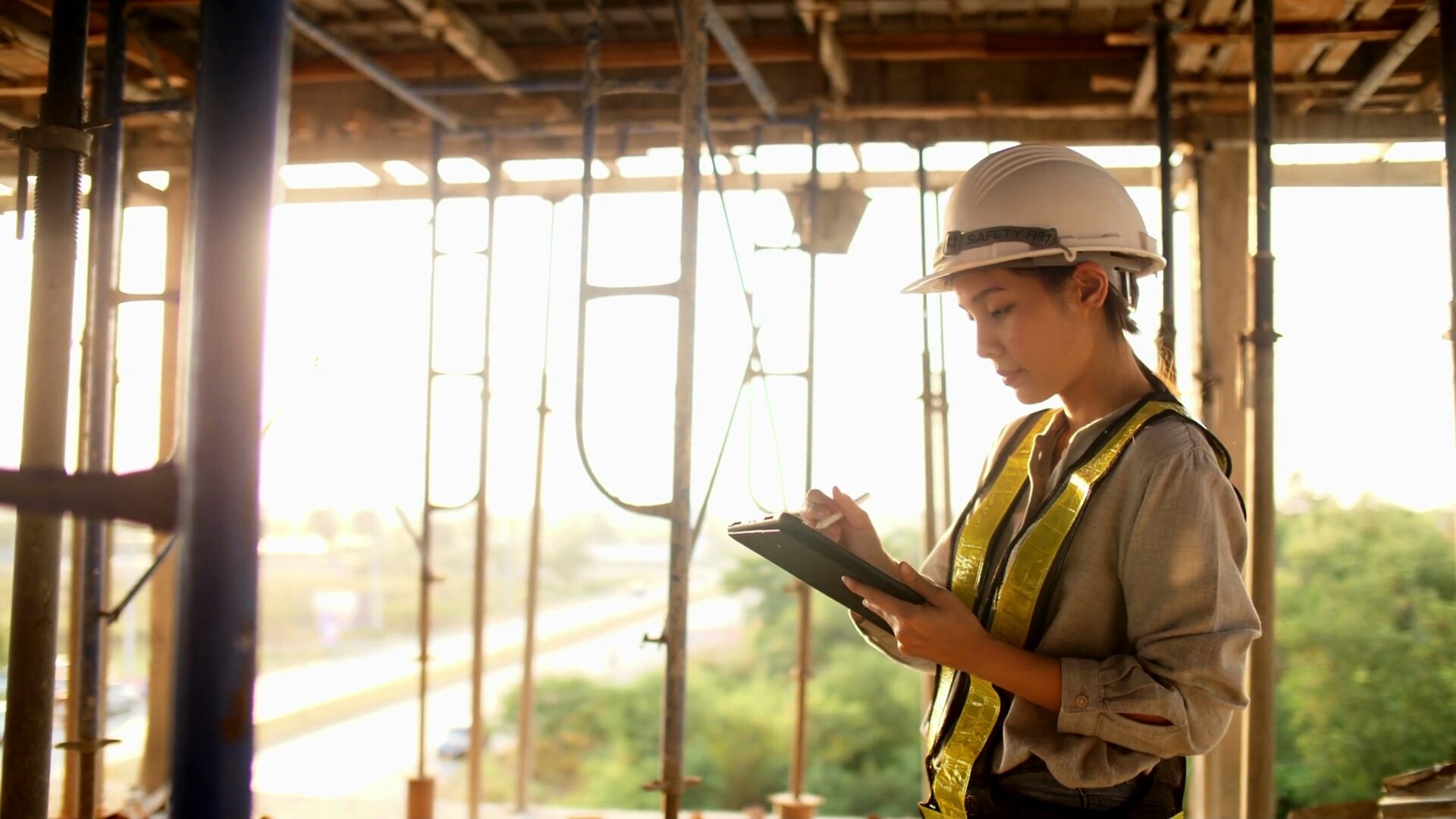
This online self-directed course is approximately two hours long and can be completed from your laptop or mobile device at any time. This course provides you with the knowledge and skills to be comfortable making decisions about your own financial well-being and to avoid common financial pitfalls of people working in the construction trades by building upon your 4 pillars of financial health.
1. Send a request to training@cmaw.ca which includes: (1) your first and last name, (2) your local, (3) the name of this course.
2. Check your inbox for a welcome email with login credentials. This email will come from our training partner SkillPlan (within 2 business days).
3. Click on the link in the enrollment email.
